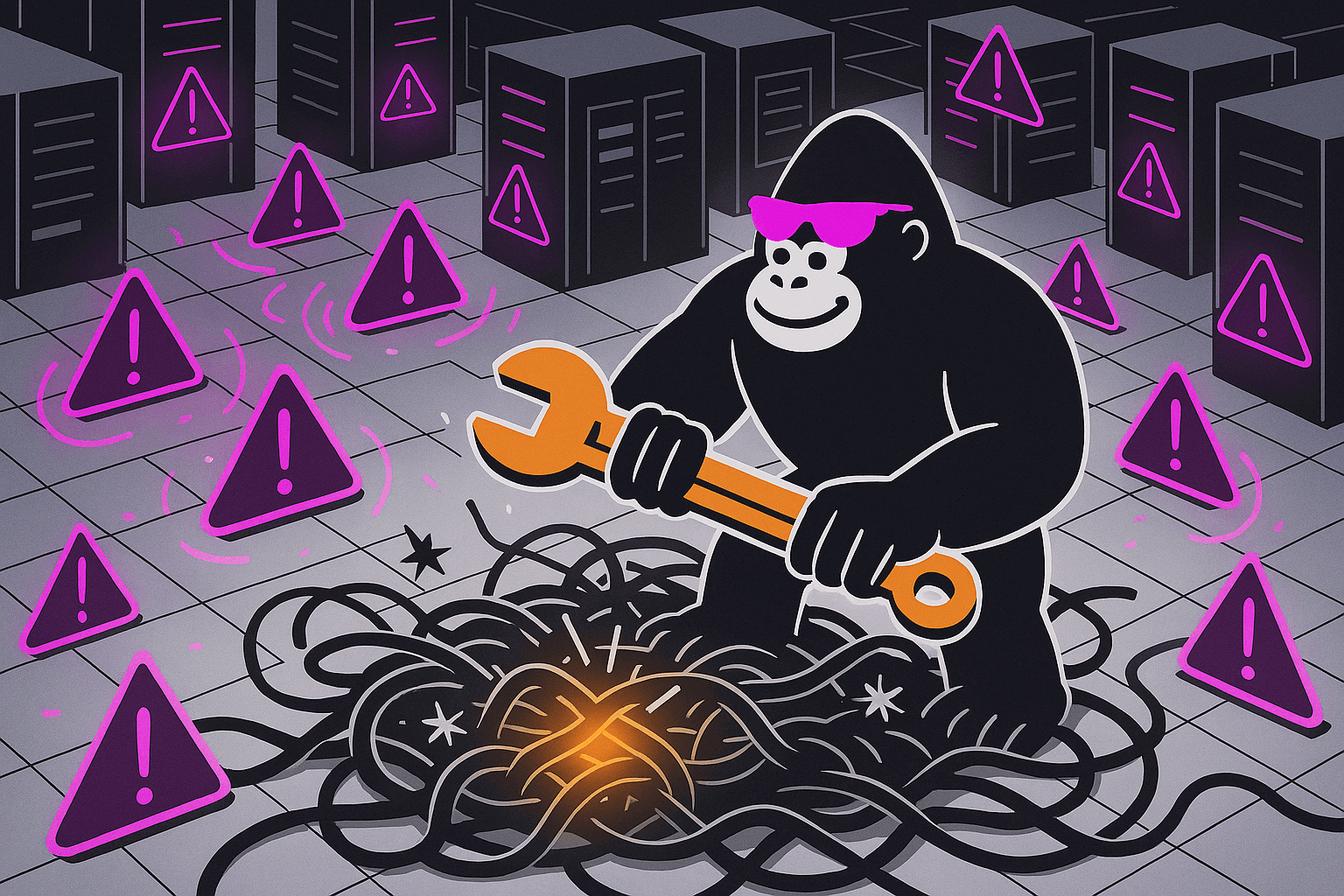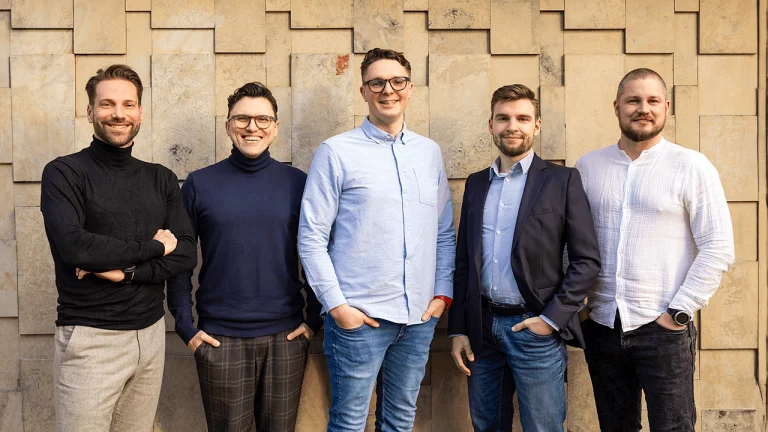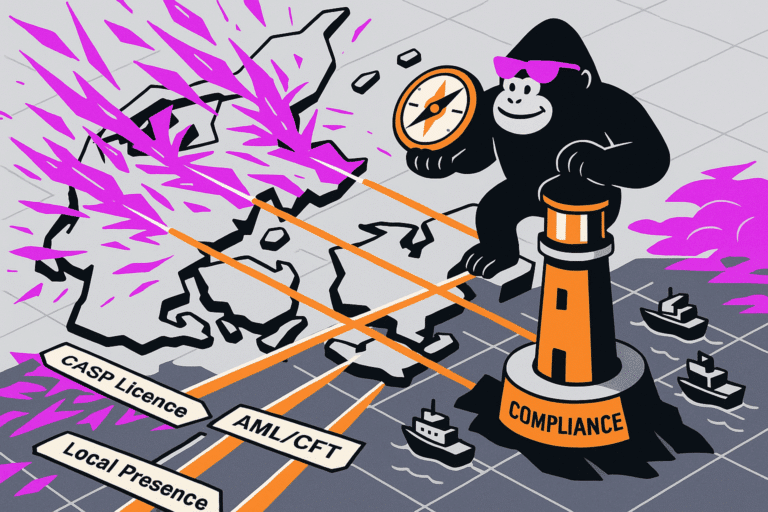Imagine a data center where every server chirps warnings in chorus—overwhelming, right? In a world where the majority of cloud breaches stem from misconfigured controls, customers demand proof that you’re not leaving virtual doors unlocked.
That’s exactly what SOC 2 delivers. In this deep dive, I’ll explain what SOC 2 is, trace its evolution from financial audits to cybersecurity gold standard, and map out the steps you need to achieve and maintain SOC 2 compliance. By the end, you’ll understand why SOC 2 certification matters, how the audit process unfolds, and what it takes to turn controls into customer confidence.
SOC 2’s evolution: From SAS 70 roots to today’s framework
The journey to today’s SOC 2 framework began long before cloud computing. In the early 1970s, the American Institute of Certified Public Accountants (AICPA) introduced Statement on Auditing Standards 1 (SAS 1), defining auditor responsibilities for service organizations’ financial controls.
Subsequent updates under the SAS 70 umbrella expanded scope—and by 2010, the AICPA issued SSAE 16, birthing three distinct reports: SOC 1 for financial controls, SOC 2 for data security and privacy, and SOC 3 as a public summary (AICPA SSAE 16 Overview). SSAE 18 later refined these standards, cementing SOC 2 as the de-facto framework for non-financial control assessments.
That historical shift—from dollar-focused audits to data-centric assurance—means SOC 2 isn’t just another checkbox: it’s built to prove you’re managing customer data securely.
PRO TIP
Keep a timeline of your SOC reports (SAS 70, SSAE 16, SSAE 18) in your GRC tool. Auditors appreciate seeing how your program has matured through each standards update.
SOC 2 meaning: Building trust through controls
SOC 2 stands for “Service Organization Controls 2,” but what does that really mean? At its core, SOC 2 is an attestation report that verifies your controls against the AICPA’s Trust Services Criteria (TSC). When customers ask “what is SOC 2 certification?” they want confirmation, from an independent auditor, that you’ve implemented rigorous safeguards around their information.
The five Trust Services Criteria
SOC 2 reports hinge on five key areas. The table below summarizes each criterion, so you can see how they translate to real-world controls:
| Criterion | Focus |
| Security | Preventing unauthorized system access through firewalls, access controls, and intrusion detection. |
| Availability | Ensuring systems remain operational and accessible as promised through redundancy and monitoring. |
| Processing Integrity | Verifying that system processes are complete, valid, accurate, and timely via validation controls and error handling. |
| Confidentiality | Protecting sensitive information—like trade secrets or client data—using encryption and access restrictions. |
| Privacy | Managing personal information in line with your privacy notice, including collection, use, retention, and disposal (AICPA Trust Services Criteria). |
You’ll select which criteria to include based on customer demands and your own risk assessment. Prioritizing the right mix ensures your SOC 2 audit aligns with what really matters to your stakeholders.
PRO TIP
Assign a clear owner for each Trust Services Criterion in your RACI matrix. Having a single point of accountability for Security, Availability, Confidentiality, Processing Integrity, and Privacy streamlines evidence collection when auditors ask for specific artifacts.
Choosing your report: SOC 2 type I vs. Type II
When you’re ready to answer “what is SOC 2 audit all about?”, you’ll decide between two report types. Each serves a different purpose, so understanding their distinctions is crucial for planning your SOC 2 certification process.
| Aspect | Type I | Type II |
| Objective | Assess design of controls at a specific date. | Evaluate design and operating effectiveness over a period (6–12 months). |
| Best for | Demonstrating readiness quickly. | Providing ongoing assurance preferred by most customers. |
| Scope Duration | Single point in time. | Continuous period (typically six or twelve months). |
| Outcome | Verifies that controls are suitably designed. | Validates both design and consistent operation. |
Picking Type I can jump-start client conversations, but most organizations aim for Type II to showcase controls in action. Either way, clear scoping and documentation set the foundation for a smoother audit.
The SOC 2 audit journey: From gap assessment to re-audit
Embarking on your SOC 2 certification process involves four key phases—each paired with actionable steps to ensure you cross the finish line.
1. Scoping and readiness assessment
Start by defining your system boundary: which services, infrastructure, and processes fall under your SOC 2 umbrella? Then, conduct a gap assessment against your selected TSC. This diagnostic uncovers missing controls and highlights weaknesses in your existing processes. Completing this phase ensures you know exactly where to focus remediation efforts.
2. Preparation and remediation
With gaps identified, implement or strengthen controls. Develop and document policies—such as change management and incident response plans—deploy technical solutions like encryption and multi-factor authentication, and train your team on best practices. Maintain evidence: logs, flowcharts, and test results become the backbone of your audit artifacts.
3. Auditor engagement and examination
Engage an AICPA-certified CPA firm under SSAE 18 standards. For a Type I audit, the firm reviews your controls as of a chosen date. For Type II, they’ll test operating effectiveness throughout the reporting window. You’ll receive a draft report highlighting any exceptions—control failures or lapses—which you can address with corrective action plans.
4. Reporting, remediation, and ongoing monitoring
After the final SOC 2 report is issued, share it confidently with customers and partners. Don’t shelve it: SOC 2 is period-based, so continuous monitoring, internal reviews, and annual or semi-annual re-audits keep you aligned with evolving standards and threat landscapes.
PRO TIP
Schedule a monthly “SOC 2 status review” where you revisit open findings, update control dashboards, and plan any process changes—making SOC 2 a living practice, not a one-off project.
Practical tips for a successful SOC 2 certification
Scaling the SOC 2 certification process can feel daunting, but these strategies help you climb efficiently:
- Embed security early: Architect your platform with controls baked in. It pays dividends during audits.
- Automate wherever possible: Use SIEM tools for real-time log monitoring and automated vulnerability scans to reduce manual toil.
- Engage customers on scope: Ask which Trust Services Criteria they prioritize. Tailoring your audit scope maximizes the ROI of your SOC 2 efforts.
- Leverage external expertise: A mock audit by a seasoned consultant uncovers blind spots before the CPA firm does.
These tactics ensure you’re not just chasing a certification, but building a sustainable security program.
Streamline your SOC 2 compliance with CyberUpgrade
SOC 2 compliance demands airtight controls, clear evidence, and proof that your security measures truly work under scrutiny. CyberUpgrade offers predefined, customizable workflows aligned with Trust Services Criteria that automate tasks like background checks, access reviews, and incident logging. Real-time Slack and Teams prompts guide your team through every step, slashing manual effort by up to 80% and ensuring no control gets overlooked.
All compliance evidence—from vulnerability scans to MFA logs—is centralized in an audit-ready repository, making it easy to satisfy both ongoing monitoring and “separate evaluation” requirements under CC 4.1 and CC 7.1. Built-in risk assessments, pen-testing integrations, and continuous monitoring shore up your defenses, while our fractional CISO service provides expert guidance and strategic leadership.
With CyberUpgrade, you’ll not only meet today’s SOC 2 standards but build a scalable, future-proof compliance program—so audits become confirmation, not chaos.
Looking forward: SOC 2 in an evolving landscape
As regulations like the Digital Operational Resilience Act (DORA) and new data privacy laws emerge, SOC 2 will continue to evolve. Expect deeper integrations with continuous control monitoring, artificial intelligence–driven anomaly detection, and closer alignment with global compliance regimes. Viewing SOC 2 as a strategic asset—rather than a one-time audit—prepares you for tomorrow’s challenges.
Now that you know what SOC 2 stands for, why SOC 2 compliance matters, and how to navigate the SOC 2 certification process, you’re equipped to transform audit anxiety into competitive advantage. Remember, this framework is more than a report: it’s a public commitment to your customers that you take their data seriously.









